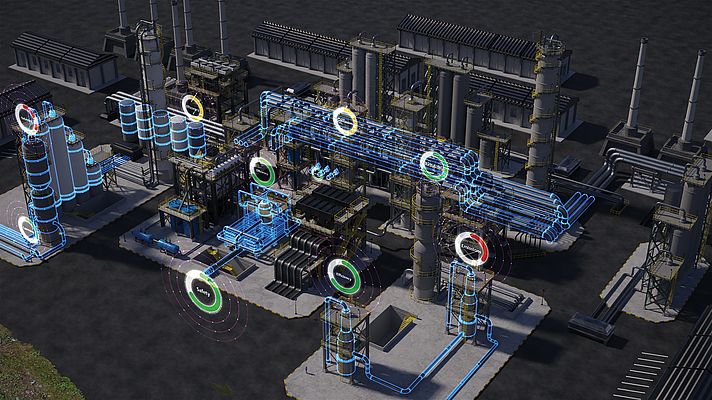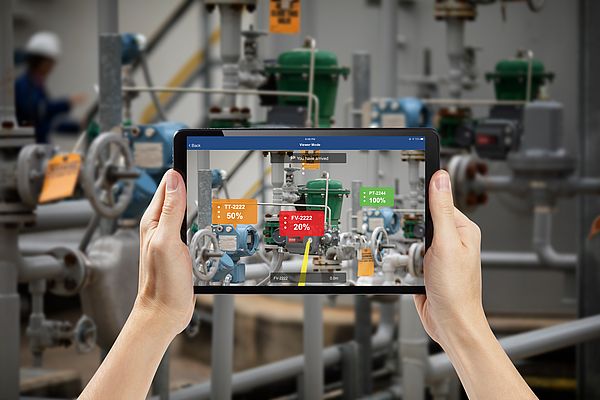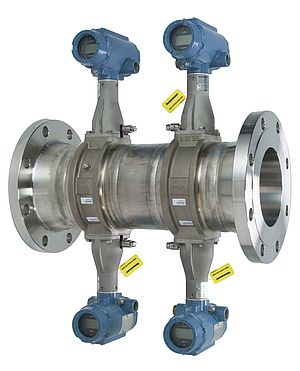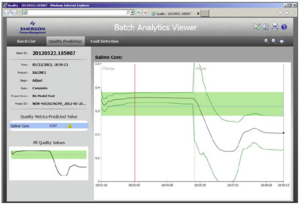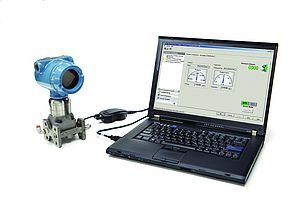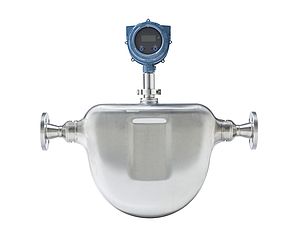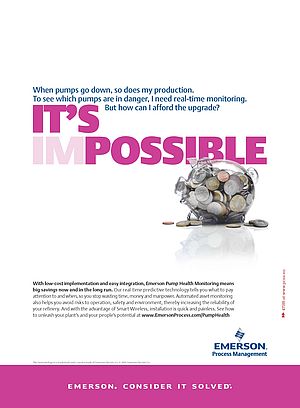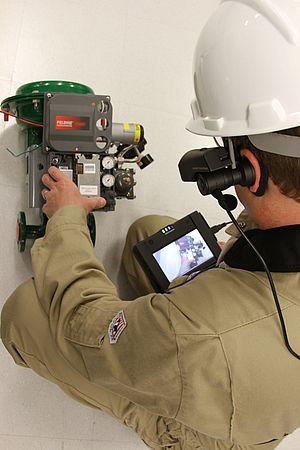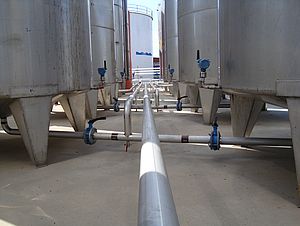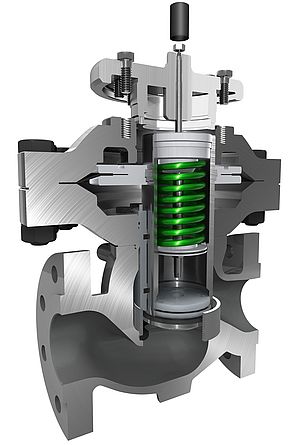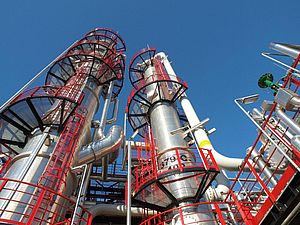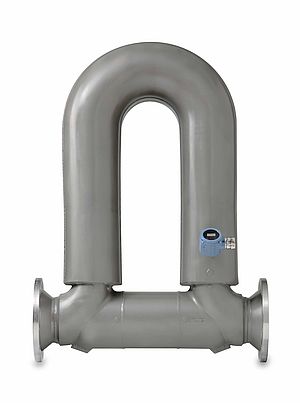Digital transformation can have a profound impact on business performance, but without a plan to translate vision into reality, efforts can stagnate, if not outright fail. For organisations looking to find practical solutions, they need to be able to cut through the hype surrounding IIoT, select the technologies that will tangibly improve operational performance, and deploy them effectively. To achieve this, they need to adopt the right approach to digital transformation – one that’s rooted in practicality and linked to their desired business outcomes. This enables a company to confidently implement proven solutions, easily integrate those solutions into its existing infrastructure and quickly get real results and return on investment.
The case for digital transformation
Before understanding how to move forward with your digital transformation initiatives, it’s important to understand why you should move forward. At its most basic level, digital transformation can be defined as applying technology to solve problems – but it’s so much more than that. True digital transformation happens when real change is effected within an organisation. It’s a change that’s sparked by rethinking and optimising processes and by empowering personnel with the knowledge and tools to do their jobs more effectively. When this happens, a company can achieve measurable performance improvements in areas such as production optimisation, reliability, safety, and sustainability. These areas are critical to operations, and real performance improvement in these areas can help a company maintain its competitive edge and drive long-term health and profitability.
Look no further than the companies excelling in these key performance indicators (KPIs). When compared to their average-achieving peers, Top Quartile performers:
- Experience two additional weeks of production
- annually due to better plant reliability
- Incur half the maintenance costs
- Have three times fewer safety incidents
- Use about a third less energy
In other words, the majority of companies have ample room to improve, and the rewards for doing so can be significant. For example, a typical refinery can experience as much as €50-100 million in collective, bottom-line annual savings by moving from average to Top Quartile performance in these KPIs. Digital transformation represents an incredible opportunity to create those savings and propel operational performance to new levels.
A practical approach to digital transformation
Now that you know what you want from your digital transformation initiatives, you need a plan to make it happen – and that’s where adopting a practical approach comes in. There are four basic tenets of this approach that can help you confidently determine what technology investments to make, easily implement targeted solutions, and quickly get results from those solutions.
Start with a goal in mind
Start by identifying your most pressing operational challenges; those areas that are well recognised as opportunities for improvement and where there will likely be a quick return on investment. By contrast, do not start with a list of IIoT technologies to apply, in the hope that your operations teams will find something useful to do with them. Focus on the many familiar but nagging operational issues that rob operational performance. These issues can be broad, such as too much unplanned downtime, or as specific as pressure relief valve problems. Determine your specific problem areas and then apply proven, scalable and secure IIoT solutions that will directly address those issues. Start with known solutions to known problems as a sure way to show results from your digital transformation initiatives. This ensures the solutions you implement are directly linked to the outcomes you want to achieve.
Get the most from your data
Most companies already generate lots of data, but there are usually important gaps as well. Easy-to-install, cost-effective sensors can supplement existing measurement technologies to capture data that will serve as the basis for new insights. You’ll want to apply the appropriate level of operational analytics – intuitive, user-friendly software with embedded domain expertise that can quickly analyse data and provide actionable recommendations. Avoid generic analytics tools and instead deploy solutions that are designed to directly address your challenges. For example, pre-packaged solutions that leverage foundational diagnostics to provide insights into asset health might be what you’re needing. More complex operational issues call for comprehensive software platforms that combine collaboration tools with artificial intelligence and machine learning to determine root causes.
Empower your people
For all the talk about technology, digital transformation is ultimately about people. IIoT technologies can dramatically change work practices for the better, but if these practices aren’t embraced and adopted by your personnel, success is unlikely to happen. The key here is empowering each worker to do their jobs more effectively. This is accomplished with technologies and services that help personnel shift from routine activities like data collection to more value added activities based on collaboration and business-critical decision-making. Digital transformation empowers personnel across the organization to optimise performance.
Multiply your successes
Applying proven solutions to specific problems can result in immediate benefits, and it’s an effective way to start your digital transformation journey, but once you’ve demonstrated success and seen return on investment for a given project, think bigger. Greater gains come from scaling a proven success across your facility or across the whole enterprise. For example, you could take a continuous monitoring solution for a set of pumps and easily apply it to all the important pumps that are in a typical refinery. And for even bigger benefits, you could then replicate your initiative to other sites. This approach allows you to start small and ensure your investments are truly improving your operations – and then rapidly expand your digital transformation efforts in a focused, targeted direction.
The right partner can help
Digital transformation doesn’t happen overnight, and there’s no solution that will instantly make you a Top Quartile performer. Rather, it’s a journey, requiring an ongoing commitment to improving your operations by empowering people to make more effective decisions that benefit your business. Partnering with a vendor who has deep industry knowledge, domain expertise and a proven record of developing innovative technologies, can bring you significant benefits. When choosing the right partner, look for a vendor who offers a broad, scalable and secure portfolio of technologies, software, services that will accelerate your digital transformation. Working together, you can then navigate your digital transformation journey with confidence, ease and speed.



